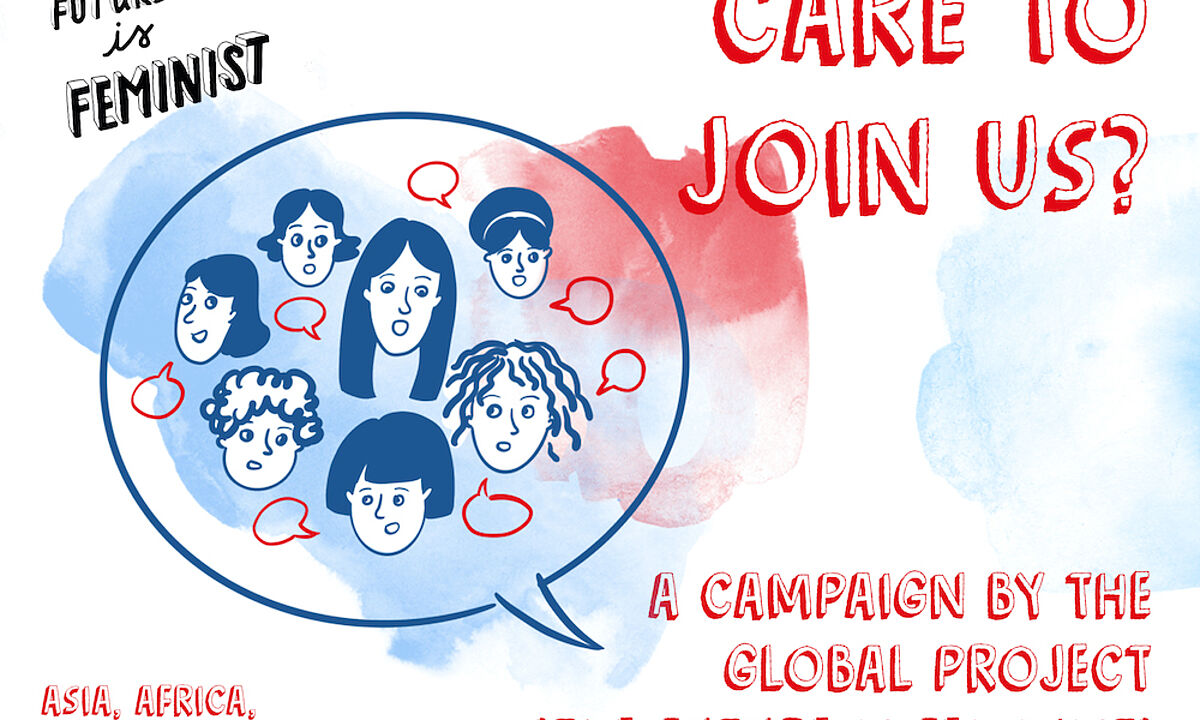Overcoming negative populism
When I was a student in the heart of Europe, I felt the recent disruptions to peace and security in the world to be distant topics, at least geographically. I was always quite optimistic about safety, peace and stability within the European Union. However, the recent rise of racism, discrimination and xenophobia in Germany, France or England, as well as in the United States, has prompted me to ask myself how best to maintain optimism for a peaceful future. In this essay, first I distinguish between two forms of populism: inclusive and empathetic (positive) on the one hand, and divisive and polarizing (negative) on the other. I then discuss the empirical implications of negative populism, as well as its potential implications for security and stability.
Populism as a social phenomenon is often associated with outbursts of a popular political will against the established order, which may or may not include violence or the threat thereof to the status quo. The leaders of such populist movements can be charismatic democrats, according to Max Weber’s categorization of power. Such leaders are less curtailed by the conventions and commitments of professional, elite-based, politics, and can be characterized as negative populists. For the purpose of this exploration, negative populism is defined as a Durkheimian fait social - an event or movement that transcends the individual and his/her motivations - that leads to the mobilization of masses already polarized by unresolved socio-economic and cultural contradictions across a variety of fault lines.(1) An example of negative populism is the current president of the United States, Republican Donald J. Trump, who has attacked career politicians in both established parties, and insulted and alienated immigrants with old and new stereotypes about foreigners, polarizing minorities in his campaigns.
Another US populist, the unsuccessful contender for the democratic nomination Bernie Sanders, is of a different sort. If Trump is an illustration of negative populism, Sanders' 2016 campaign can be described as positive populism. It followed the textbook guidelines for all populists, based on the two key pillars of anti-elitism and mobilizing support.(2) Sanders condemned what he termed the collusion between the elites on Wall Street and those in the US political establishment. And his discourse was tailor-made to find an enthusiastic response among segments of the US population. But he included a variety of groups in his target audience, and mobilized the youth vote and diverse minorities to trust his promise to transform the US into something closer to state-of-the-art social democratic principles.
Positive populism is conciliatory where Trump's negative one is confrontational. The key difference is whether a populist movement polarizes and antagonizes within and outside the country, or whether its policies pursue positive peace, in the words of peace studies founder Johan Galtung.(3) Where negative peace refers to the reduction of social inequalities across geographical, gender, generational and cultural divides, in both domestic and international contexts, positive peace refers to proactive, nonviolent improvements of living conditions within and between societies. Positive populism refrains from verbal, symbolic or physical harm, while Trump’s campaign condoned all three. Positive populism furthermore focuses on bridging societal fault lines and on constructing a more balanced society, based on top-down and horizontal solidarity.
The resurgence of parochial populist passions in the postmodern industrialized societies of the West has taken many by surprise. But in France, the UK, Germany, the Netherlands, Norway and Eastern Europe, the rise of negative populist parties has been long in the making, albeit in opposition to the prevalent progressive multiculturalism of the past fifty years. Antisemitism and Islamophobia, as well as a more general xenophobia, are increasingly represented in public debates, and pressures are growing against foreigners and migrants, as well as against elected officials and other perceived elites who support migration into Europe. What are the implications of this further down the road?
First implication: increased direct, cultural and structural violence
Attacks, such as those on refugees in Germany and the UK, or the shootings by Norwegian right-wing extremist Anders Behring Breivik, are the most obvious, direct physical form of violence. There is also a cultural violence in narratives that legitimate the demeaning portrayal of Otherness. This gives further cause for concern, in that it generates different types of structural violence.(4) Negative populists ascribe to their own reference groups traditional values constitutive of their own identity, thereby excluding all others. The normative mobilization also drives a polarizing wedge between the political leadership and elite on one hand, and the represented population on the other, by describing a moral deviance or incompetence by the political professionals in power. This systematic stigmatization and exclusion of specific groups, both politically and spatially, is a driving force of negative populism and puts at risk the social democratic ideals of pluralism and tolerance, as well as liberalism as a whole.
Second implication: illiberal populism in government
In light of the above dualist and polarizing normative profile of populist leadership, the question is, what would be the implication of electing proponents of negative populism into office?
The answer is concerning. The key function of representative governments is to respond with actionable solutions to problems delegated to them by the electorate. Disqualifying the government's ability to be responsive can be the first stage of a three-step process to smear, oust and then replace those in charge. The concern is not over populism per se, but a fear of illiberal conservative or reactionary political actors gaining access to the legitimate levers of executive power. Such negative populists could then upend the system of checks and balances by extending their powers, abolishing the independence of the judiciary system and using the legislative branch to pass xenophobic and nationalist laws.
Trump's recent tweets castigating a Judge who ruled against one of his executive orders illustrate the dismissive attitude of the negative populist in executive power towards the judiciary branch of government.
In conclusion, negative populism finds expression because we are creating or not bridging gaps in societal fault lines. A shift in focus is needed in favour of fulfilling the basic human needs of the electorate, instead of focusing solely on the growth of the market.
The following actions could help meet some of those needs:
- Prioritize responsiveness as a political strategy of social democracy.
- Remove inequality across fault lines and create meaningful, stable and secure employment.
- Foster poly-culturalism through cultural openness and gradual, experience-based reciprocity.
- Rein in bombing and military interventions by NATO and OECD countries in North Africa and the Middle East that are pushing migration beyond the tolerance of EU populations.
- Break the vicious circle of austerity, unemployment, stagnating salaries, delayed retirements with lower pensions and mental depression closely linked with the neoliberal order of the past three decades.
- Reinforce the real economy, while imposing sanctions and limitations on excessive risk-taking by financial market actors.
Victoria Scheyer recently completed a BA in International Cultural and Business Studies with focus on International Politics. During her studies, she supported project work on peaceful co-existence in multicultural societies. A former intern at FES Thailand, she will pursue an advanced degree in peace and conflict studies.
The views expressed in this article are not necessarily those of the Friedrich-Ebert-Stiftung.
Notes:
1. For a wide-ranging list of fault lines in the US, see Hayford and Hülsemann’s tentative overview of US social contradictions along ecological, gender, generational, phenotypic and other fault lines.
2. See Cas Mudde, “The Populist Zeitgeist,” (2004), 541-563.
3. See Johan Galtung, Charlatanism: “The Positive Peace Index,” TMS, Jul. 11 2016
4. The concept of structural violence is highly instructive on identifying latent patterns of marginalization, exclusion and discrimination, see here.
About FES Connect
Connecting people, in the spirit of social democracy, we source and share content in English from the German and international network of the Friedrich-Ebert-Stiftung.





